Managing diabetes can feel like a daily tightrope walk, where even “healthy” choices might sabotage your blood sugar without warning. One moment you’re reaching for a snack, the next your glucose is spiking higher than you’d ever expect. The truth is, many everyday foods are quietly working against your health goals—and your energy levels too. But here’s the good news: with the right swaps, you can still enjoy satisfying, flavorful meals while keeping your blood sugar stable. If you’re ready to take control without giving up taste, these simple, smart swaps will change your daily routine for good.
1. Sugary Cereals
Colorful boxes lining grocery store shelves hide a dangerous secret for diabetics. Most commercial cereals pack more sugar than a candy bar, sending blood glucose levels on a roller coaster ride before you’ve even started your day.
The processing strips away fiber that would normally slow digestion, leaving nothing to buffer the sugar rush. Even varieties claiming to be healthy often contain hidden sweeteners under different names.
Morning energy crashes, increased hunger, and unstable glucose readings commonly follow a bowl of these breakfast culprits. Your pancreas works overtime trying to produce enough insulin to handle the sudden sugar flood.
2. Pick: Eggs
A much better option for breakfast, this nature’s perfect protein package offers diabetics a blood sugar blessing in disguise. Eggs contain virtually zero carbohydrates while delivering high-quality protein that keeps hunger at bay for hours without glucose fluctuations.
The healthy fats in egg yolks actually improve insulin sensitivity when consumed as part of a balanced diet. Research shows eating eggs for breakfast helps people with diabetes maintain steadier blood sugar levels throughout the entire day.
Versatile and affordable, they can be prepared countless ways to prevent breakfast boredom. Their natural vitamin D content provides an added bonus for metabolic health.
3. Sugary Beverages
Liquid sugar bombs lurk in innocent-looking bottles at every turn. Sodas, sweet tea, sports drinks, and even fruit juices deliver a concentrated sugar hit directly to your bloodstream with shocking speed.
A single 12-ounce can of regular soda contains around 39 grams of sugar—exceeding daily recommendations in just a few gulps. Without fiber to slow absorption, these drinks trigger immediate blood glucose spikes followed by energy crashes.
Regular consumption has been linked to increased diabetes complications and insulin resistance. Many people don’t realize these beverages contribute hundreds of empty calories to their daily intake while providing zero nutritional value.
4. Pick: Green Tea
Ancient wisdom meets modern science in this remarkable diabetes-friendly beverage. Green tea contains powerful compounds called catechins that actually improve insulin sensitivity and help cells absorb glucose more effectively.
Unlike coffee which can sometimes trigger blood sugar fluctuations, green tea provides a gentler energy boost without the crash. Studies show drinking 2-3 cups daily may help lower fasting blood sugar levels over time.
The antioxidants fight inflammation throughout the body, addressing a root cause of metabolic disorders. Enjoy it hot or cold, plain or with a squeeze of lemon—just skip the honey or sugar to maintain its benefits.
5. White Bread
Fluffy sandwich staples might seem harmless but hide a metabolic menace for diabetics. White bread undergoes extensive processing that strips away the grain’s fibrous outer layers, leaving behind pure starch that digests almost as quickly as table sugar.
Your body converts this refined starch to glucose within minutes, causing rapid blood sugar elevation. The glycemic index of white bread often exceeds that of pure sugar, making it particularly problematic for glucose management.
Regular consumption can contribute to insulin resistance over time as your body struggles to handle these repeated sugar surges. Many diabetics report hunger returning quickly after meals centered around white bread products.
6. Pick: Rye or Whole Grain Bread
Hearty, nutrient-dense alternatives bring texture and flavor while keeping glucose levels in check. True whole grain breads retain their fibrous outer layers, creating a physical barrier that slows digestion and prevents rapid sugar absorption.
Rye bread deserves special attention for its impressive blood sugar benefits. Studies show it produces lower insulin responses than even other whole grain options due to its unique fiber composition and fermentation properties.
Look for products listing “whole grain” or “whole rye” as the first ingredient, not just “wheat flour.” The heartier texture takes some adjustment, but many diabetics discover they actually prefer the nutty, complex flavors once their palates adapt.
7. Instant Oatmeal
Convenience comes at a costly metabolic price in those little flavored packets. Manufacturers pre-cook and pulverize the oats until they lose their natural structure, then add significant amounts of sugar, salt, and artificial flavors.
The processing dramatically increases the surface area exposed to digestive enzymes, causing much faster breakdown to glucose. A single packet often contains 3-4 teaspoons of added sugar, comparable to eating cookies for breakfast.
The fine texture eliminates the need for proper chewing, further accelerating digestion and blood sugar impact. What should be a healthy breakfast choice becomes a glucose management challenge that sets up cravings for the entire day.
8. Pick: Rolled or Steel-Cut Oats
Superior oat options maintain their natural architecture, creating a blood sugar advantage that lasts for hours. Steel-cut oats undergo minimal processing, preserving the grain’s original structure and requiring longer cooking but delivering slower digestion.
The intact fiber creates a gel-like substance in your digestive tract that dramatically slows glucose absorption. Research shows eating proper oatmeal can improve insulin sensitivity over time thanks to a special fiber called beta-glucan.
Boost the blood sugar benefits by adding cinnamon, which contains compounds that mimic insulin action. A dollop of Greek yogurt or chopped nuts adds protein and healthy fats that further moderate glucose response.
9. Candy Bars
Vending machine temptations deliver a perfect storm of problematic ingredients for diabetics. Beyond the obvious sugar content, most candy bars contain refined fats that worsen insulin resistance while providing zero nutritional value.
The combination of sugar and fat triggers powerful brain reward pathways, making it extremely difficult to stop at just one. Blood glucose typically spikes within 15 minutes of consumption, often followed by a crash that leaves you feeling worse than before.
Many diabetics report that even small portions can disrupt their glucose management for hours afterward. The compact calorie density also contributes to weight management challenges that further complicate diabetes control.
10. Pick: Almond Butter on Apple Slices
Brilliant flavor pairing creates a satisfying treat that actually stabilizes blood sugar instead of spiking it. The fiber in crisp apple slices slows carbohydrate absorption while providing valuable nutrients and hydration.
Almond butter delivers protein and healthy monounsaturated fats that further moderate glucose impact. The fat content helps you absorb fat-soluble vitamins from the apple while creating lasting satiety that prevents overeating later.
This portable snack combination provides steady, sustained energy without the crash. Many diabetics find this sweet-savory pairing satisfies cravings that might otherwise lead to less healthy choices, making it a practical everyday solution.
11. Sweetened Yogurts
Marketing magic often disguises these dairy desserts as health foods despite their problematic sugar content. A typical fruit-on-the-bottom yogurt contains 4-7 teaspoons of added sugar—more than many candy bars—hidden behind wholesome-looking packaging.
The lack of sufficient protein or fat in low-fat varieties fails to buffer the sugar load, allowing rapid glucose absorption. Even yogurts advertising “real fruit” typically use minimal actual fruit combined with sugar-sweetened fruit concentrates.
Many diabetics experience significant blood sugar elevation after consuming these seemingly innocent options. The yogurt’s beneficial probiotics can’t outweigh the metabolic damage from the sugar tsunami they deliver.
12. Pick: Chia Seed Pudding
Magical little seeds transform into a creamy, diabetes-friendly dessert alternative through simple chemistry. Chia seeds contain soluble fiber that forms a thick gel when mixed with liquid, slowing digestion and creating a pudding-like texture without added thickeners.
Their impressive omega-3 fatty acid content helps reduce inflammation associated with diabetes complications. Unlike conventional pudding that spikes blood sugar, chia pudding made with unsweetened almond milk provides steady glucose levels for hours.
Customize with cinnamon, vanilla extract, or a small amount of berries for flavor without sugar impact. This make-ahead treat actually improves in texture overnight, making it perfect for busy mornings or satisfying evening sweet cravings.
13. Chips
Crunchy potato temptations create multiple challenges for blood sugar management beyond their obvious carbohydrate content. Most commercial chips are fried in inflammatory oils that worsen insulin resistance while contributing empty calories.
The processing methods convert potato starch to forms that digest extremely rapidly, creating glucose spikes comparable to consuming pure sugar. Salt content triggers both thirst and cravings for sweetened beverages, compounding the metabolic impact.
The hyperpalatable combination of salt, fat, and carbs activates brain reward centers, making portion control nearly impossible for most people. Regular chip consumption correlates strongly with increased waist circumference—a key risk factor for worsening diabetes control.
14. Pick: Air-Popped Popcorn
Wholesome kernels transform into a voluminous, satisfying snack that diabetics can actually enjoy without glucose worries. Popcorn qualifies as a whole grain, containing intact fiber that moderates blood sugar impact while supporting digestive health.
Three cups of air-popped popcorn contain fewer carbohydrates than a single slice of bread, yet provide significantly more satisfaction due to their volume. The natural plant compounds in corn kernels include antioxidants that help fight inflammation.
Season with nutritional yeast for a cheesy flavor without dairy, or try a sprinkle of cinnamon for sweet cravings. This budget-friendly option offers the satisfying crunch factor many diabetics miss when giving up chips.
15. Ice Cream
Frozen dairy indulgences deliver a double metabolic blow through their perfect storm of sugar and fat content. A single cup of premium ice cream can contain over 60 grams of carbohydrates—equivalent to four slices of white bread—alongside significant saturated fat.
The cold temperature temporarily numbs taste buds, leading manufacturers to add extra sugar for flavor impact. Many commercial varieties contain corn syrup and other highly processed sweeteners that particularly challenge glucose regulation.
Evening ice cream habits prove especially problematic as natural insulin sensitivity decreases at night. The combination of sugar, fat, and cold creates one of the most difficult foods for diabetics to incorporate in moderation.
16. Pick: Cottage Cheese with Pineapple
Protein-packed dairy paired with tropical sweetness creates a balanced treat that satisfies without glucose drama. Cottage cheese provides slow-digesting casein protein that helps stabilize blood sugar while contributing calcium for bone health.
Fresh pineapple contains natural sweetness but includes bromelain, an enzyme that may help reduce inflammation associated with diabetes complications. The fruit’s fiber, when eaten fresh rather than canned in syrup, moderates its natural sugar impact.
This combination delivers the creamy-sweet experience many diabetics crave while actually supporting metabolic health. For extra flavor without added sugar, try adding a sprinkle of cinnamon or a few drops of vanilla extract.
17. Fried Foods
Golden-brown comfort foods create lasting metabolic damage beyond their immediate blood sugar impact. Deep frying creates advanced glycation end products (AGEs)—harmful compounds that accelerate diabetes complications and worsen insulin resistance.
Breading adds significant refined carbohydrates that digest rapidly to glucose, while the oil absorption doubles or triples the calorie content. Fast food restaurants typically use reheated oils containing inflammatory compounds that further compromise metabolic health.
Many diabetics experience prolonged blood sugar elevation for 24+ hours after consuming fried foods, disrupting management efforts. The combination of fat and refined carbs particularly challenges the pancreas, requiring more insulin than either component alone.
18. Pick: Avocado on Whole Grain Toast
Green gold spread on hearty bread creates a nutritional powerhouse that actively supports glucose regulation. Avocados contain unique monounsaturated fats that actually improve insulin sensitivity while providing remarkable satiety.
The fiber combination from both the fruit (yes, avocado is technically a fruit!) and whole grain bread creates a digestive slow-down that prevents blood sugar spikes. Research shows adding avocado to meals reduces post-meal glucose and insulin spikes by 40% compared to the same meal without it.
A squeeze of lemon juice adds brightness while helping prevent browning. This simple meal works for breakfast, lunch, or a substantial snack that keeps hunger at bay for hours.
19. Fruit Juices
Liquid fruit extracts might seem healthy but create unique challenges for glucose management. Juicing removes the fiber that normally slows sugar absorption while concentrating the fruit sugars into a form that hits your bloodstream at high speed.
A single glass of orange juice requires 3-4 whole oranges—far more fruit sugar than anyone would consume in one sitting. Even 100% juice without added sweeteners causes rapid blood sugar elevation comparable to soda in many diabetics.
The calories from juice don’t trigger fullness signals the way whole foods do, leading to overconsumption. Many people mistakenly use juice to treat low blood sugar, often overshooting and causing rebound high readings.
20. Pick: Whole Fruits
Nature’s perfectly packaged treats deliver sweetness wrapped in protective fiber that moderates glucose impact. The fiber matrix in whole fruits creates a physical barrier that slows sugar absorption, preventing the sharp spikes associated with juice.
Berries deserve special attention for their exceptional diabetes benefits. Their impressive fiber-to-sugar ratio makes them among the most blood-sugar friendly fruits available. Compounds in berries may actually improve insulin sensitivity over time.
Eating fruit with a source of protein or healthy fat further moderates blood sugar response. Try apple slices with cheese, berries with nuts, or peach with cottage cheese for perfectly balanced snacks that satisfy sweet cravings without glucose consequences.
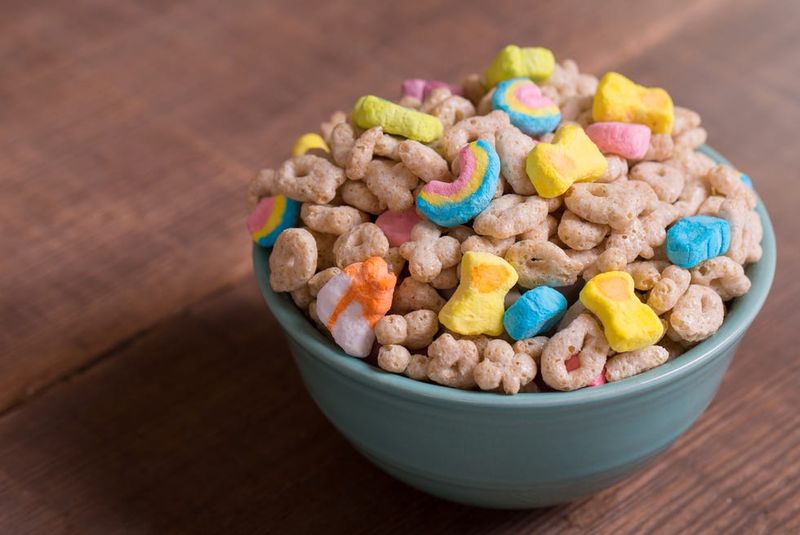
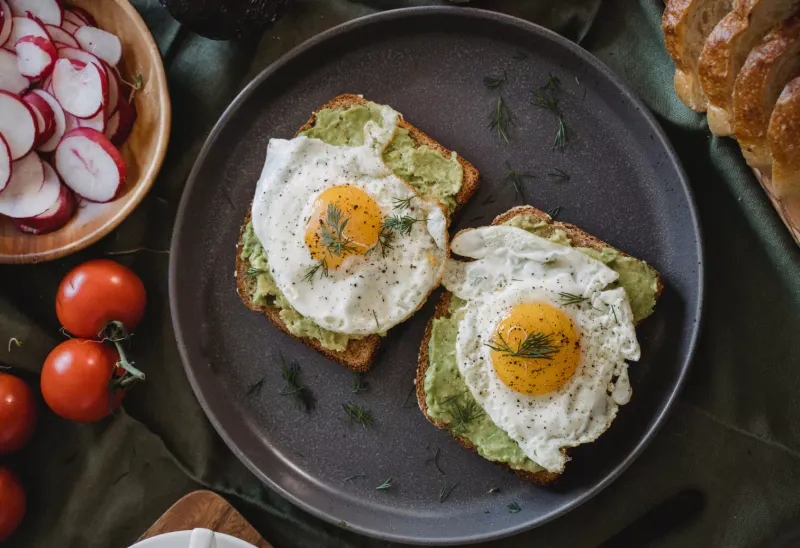


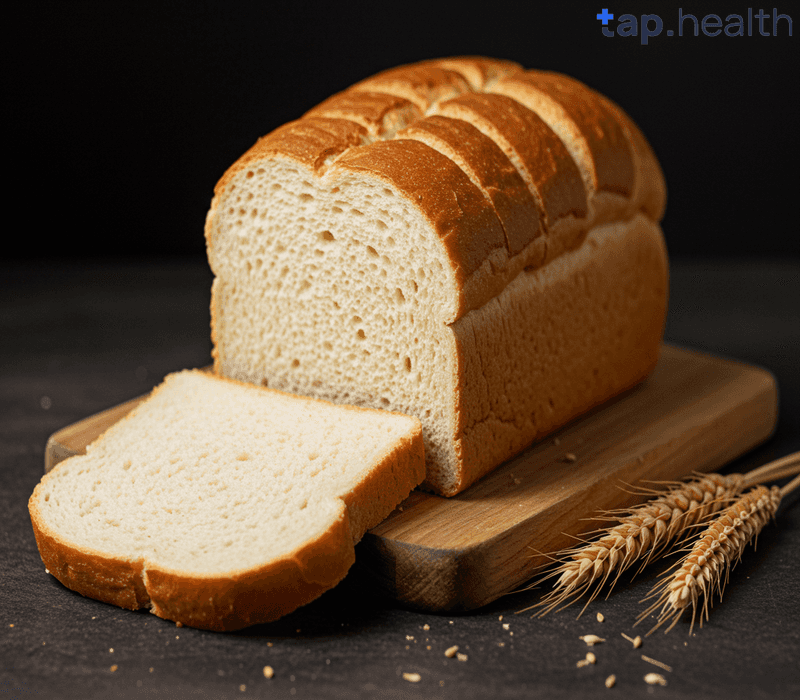
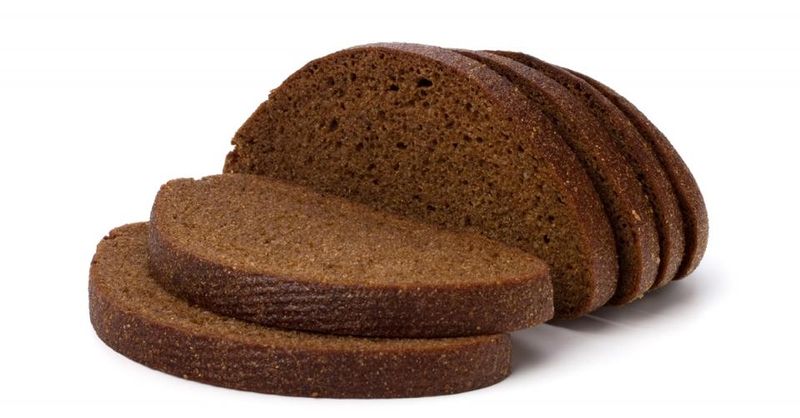
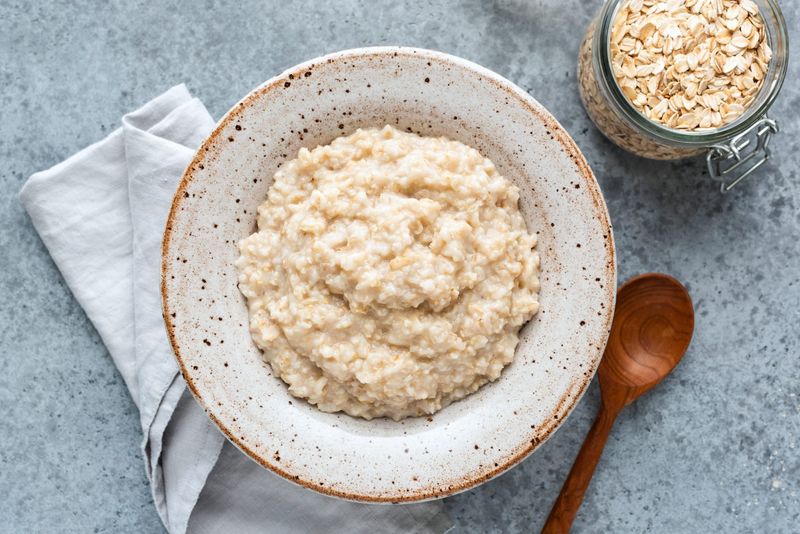
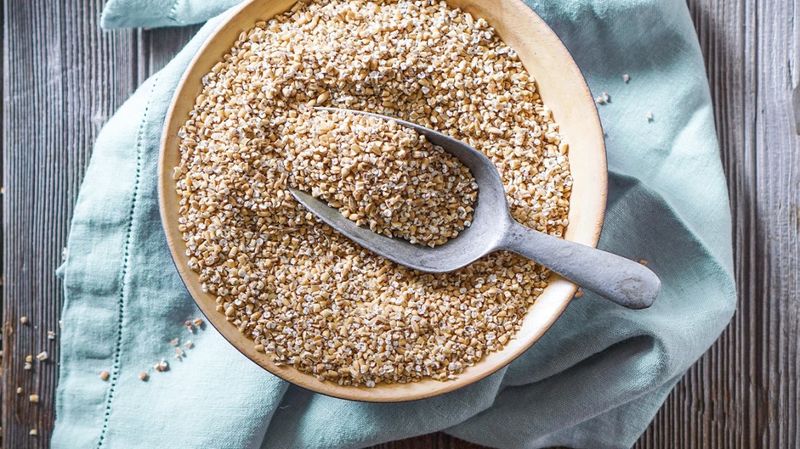

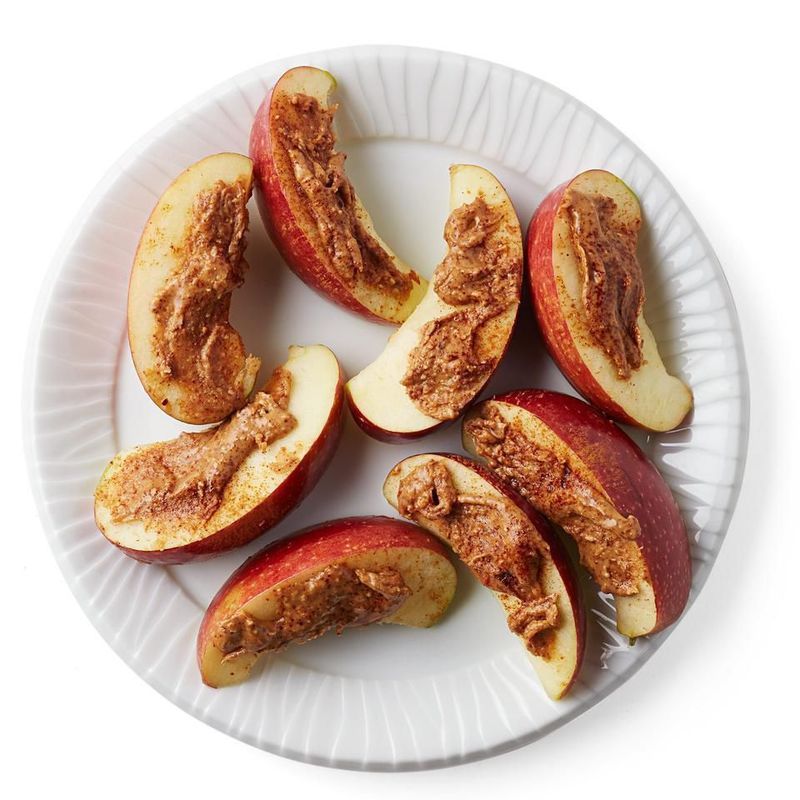
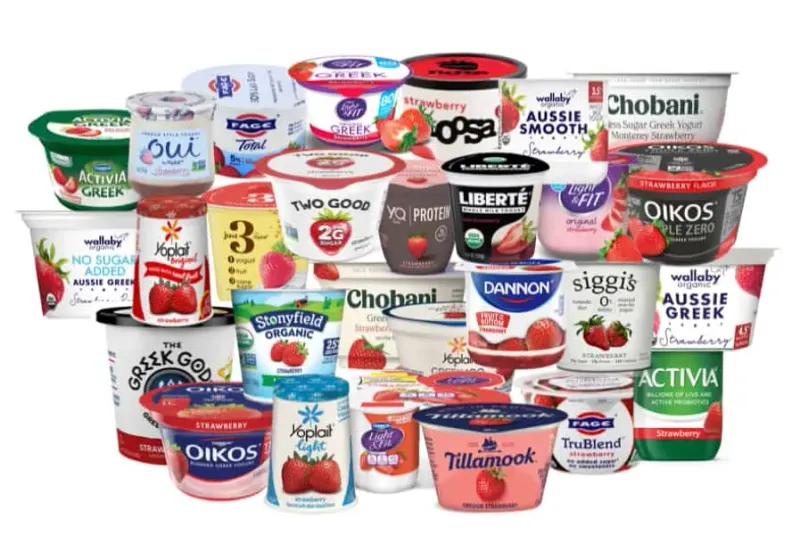
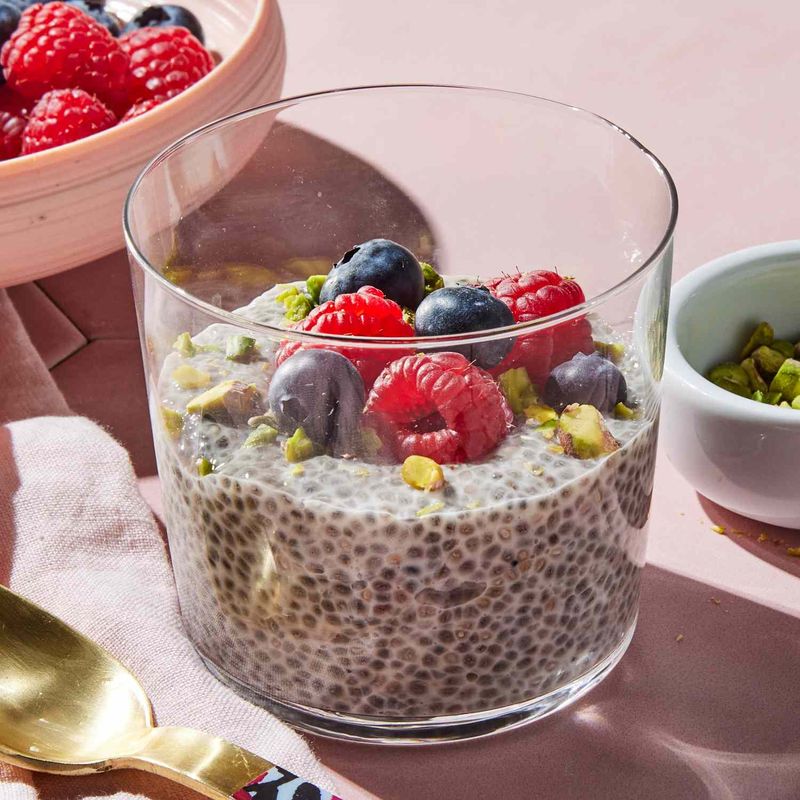
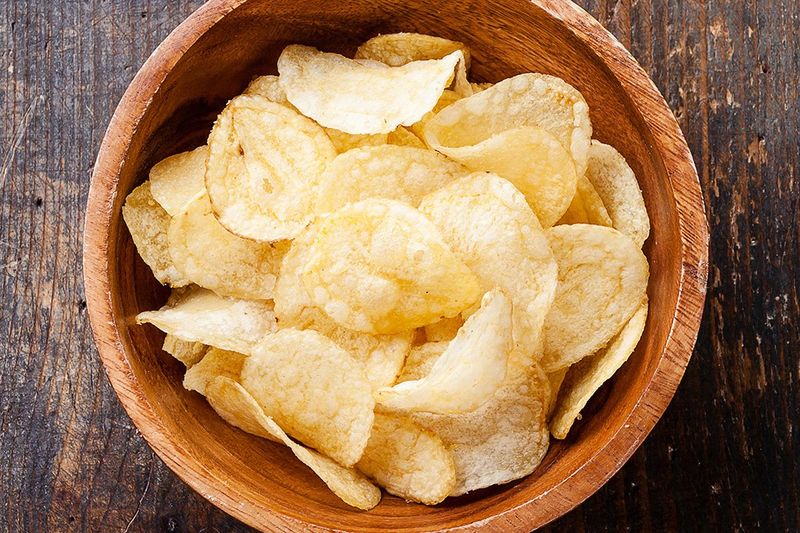


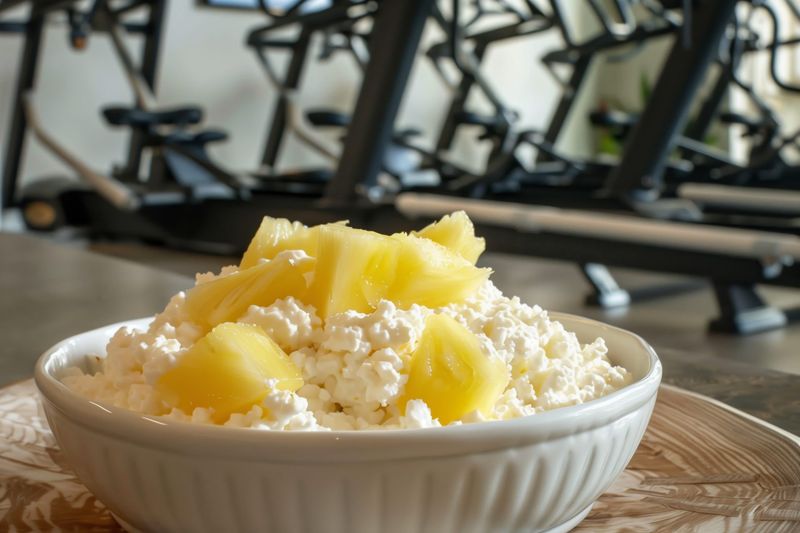
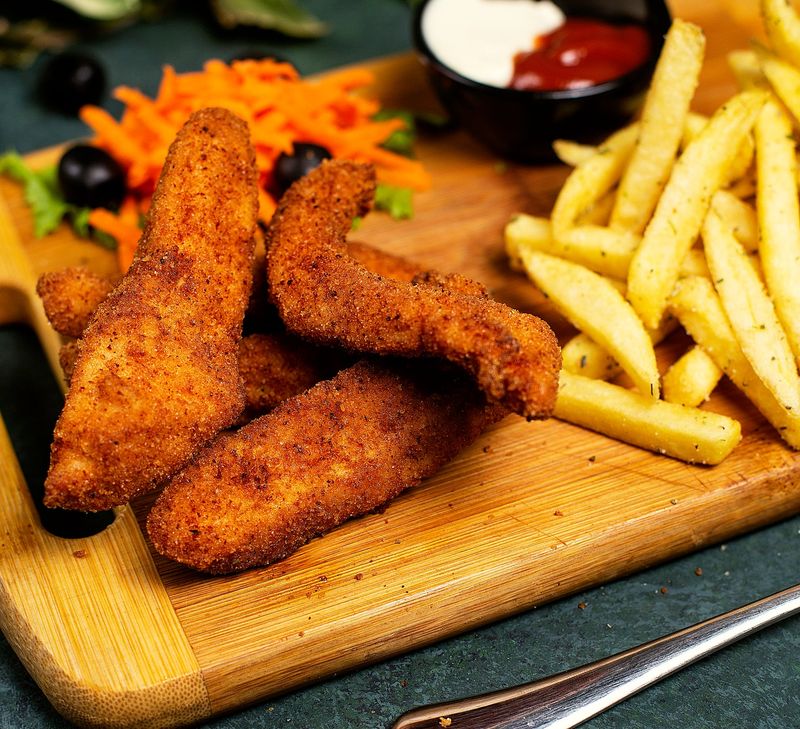
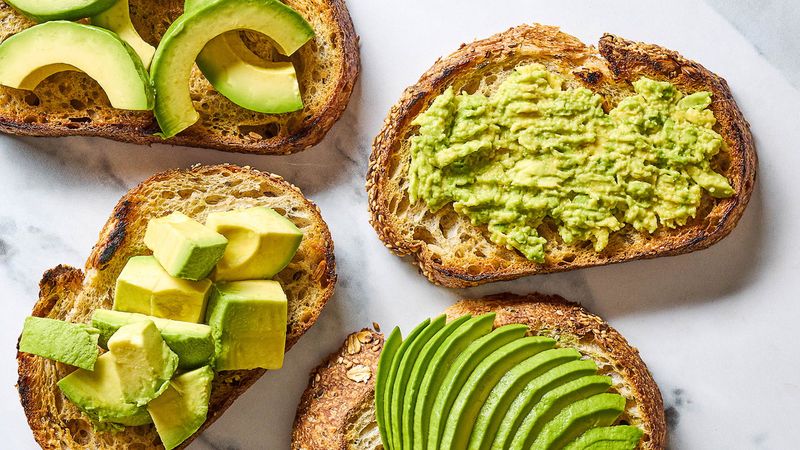

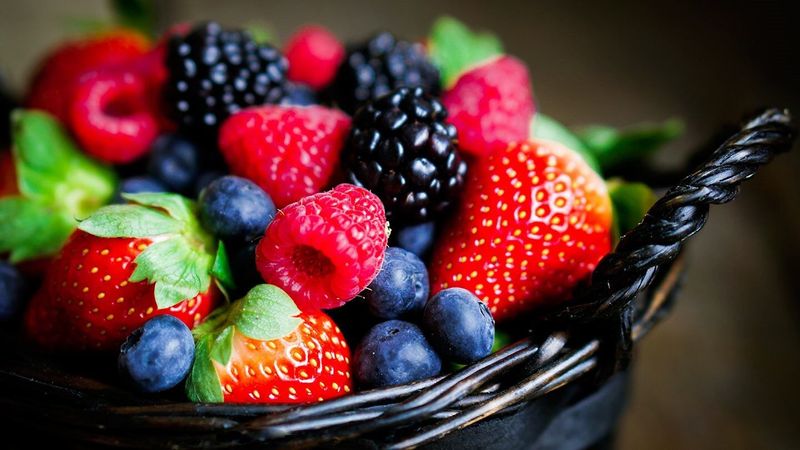
Leave a comment